Semi-Permanent Bench Grinder Mount
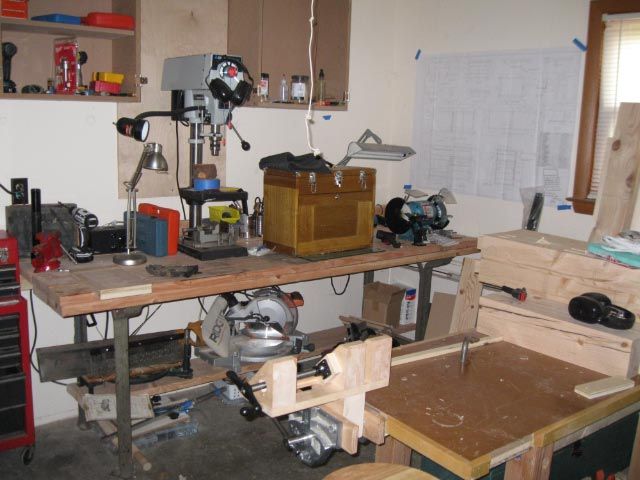
It's a big work table, but I occasionally need to rearrange it.
My work table often pulls double- and triple-duty for tons of shop tasks. Most often it’s sharpening, but I also use it for drilling, holding bench hooks and shooting boards and occassionally as a chop-saw station. Hopefully soon, it will also hold a midi-lathe. Since I plan on rearranging the top pretty regularly, I wanted a way to attach some of the machinery in a way that was rock solid, but also easily removable. I decided to go with threaded inserts.
I chose threaded inserts–instead of pegs, for instance–because I wanted to be able cinch down the grinder or other small machines to eliminate vibration. Pegs would have been a lot quicker to get on and off, but for the little extra effort of bolting the machines down, I decided inserts and bolts were a better option for me. Plus, I’m not planning to move thing every day–maybe once a month or so.
I used two sizes: a 5/16-18 for the two bolts that hold the grinder, and a 1/4-20 for grinder tool rest. To install them, I drilled oversized holes and then I used an insert nut driver to screw them in. It took about 10 minutes from start to finish.
I’m eventually planning to use a similar set up for my lathe, and possibly my miter saw, although I might attach them to boards first, and then bolt the boards into the nuts. Have you used a similar set up? Let me know in the comments below.

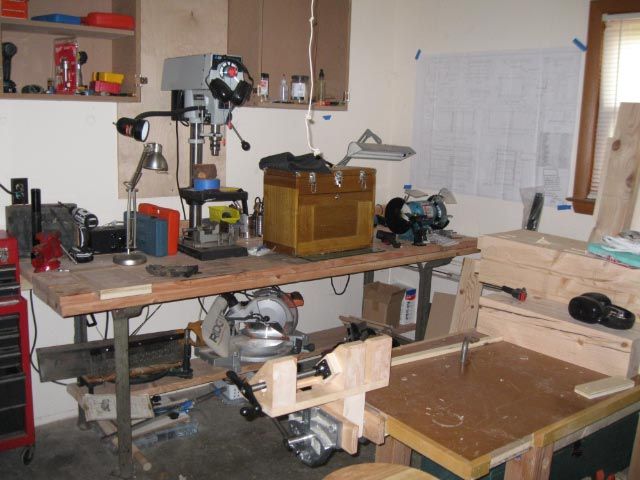
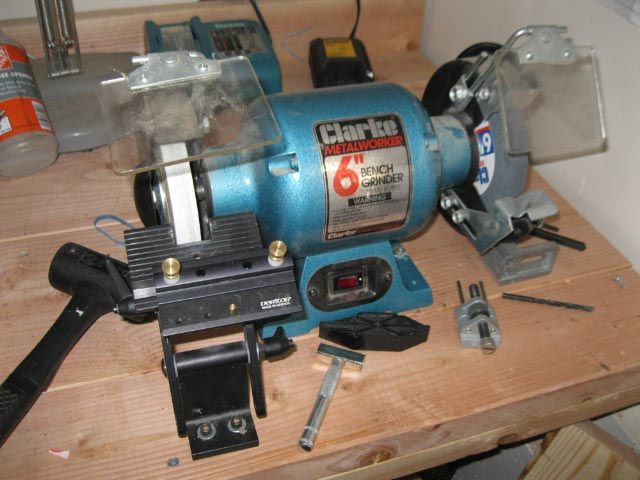
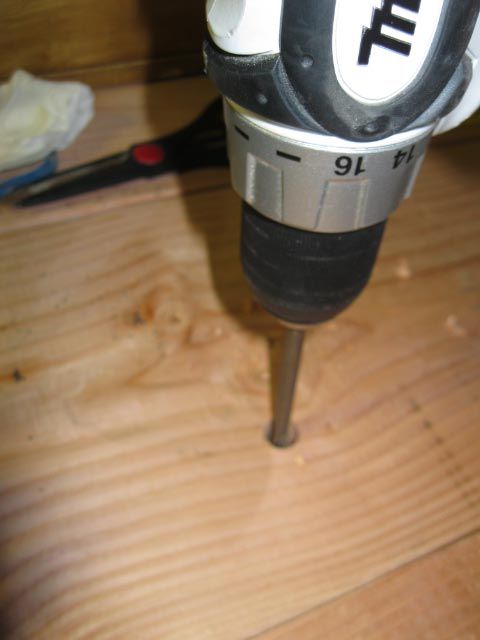
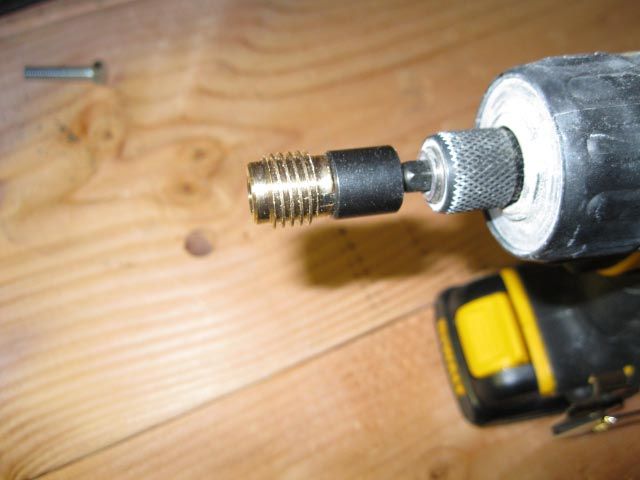
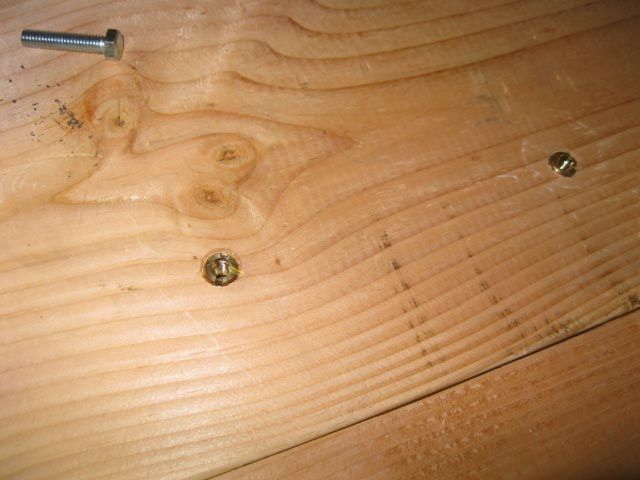

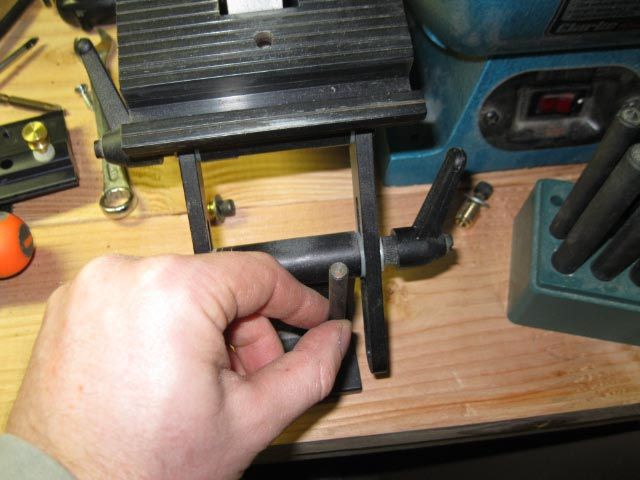

















Comments
I have a drill powered mini lathe that is mounted to a board. The board is drilled so that I can bolt the setup to my bench through the dogholes in my workbench. It works well.
I need one of these.
I've been using a similar technique for years. But instead of threaded inserts, I use tee-nuts, which are like flanged steel bushings that are threaded (like a nut) and have raised "spikes" on the flange to bite into the wood to keep the nut from turning. However, access to the underside of the bench top is required to install them, which is simple: drill a hole through the top the size of the bolt you'll be using, then tap the tee-nut up into the hole from the bottom of the top to get it started. Draw up the tee-nut with a bolt from the top to secure it. On large tee-nuts or hard wood, it's a good idea to counterbore the hole from below to make insertion easier. Use a counterbore slightly smaller than the diameter of the tee-nut barrel.
One properly installed, I've never had a tee-nut come loose.
Your use of removable or relocatable tools is inspiring.
I have seen wood working site videos which show the use regular metal taps in wood - which actually hold very well. Bot don't over tighten them. If there is room, use 1/4-20 threads with a knob attached to tighten and loosen by hand. The coarse thread tap for soft woods seem best, while a finer thread cut in hardwood provides a very strong grip.
To make sure I don't torque down too much - I use a "sandwich" made of a rubber washer (plumbing type) between two metal washers (slightly larger in overall diameter that the hex head of the screw) - this little bit of compression area ask I near the end of the threads tell me "stop tightening". They do not wear as one might think with repeated use - provided you don't over tighten them.
Log in or create an account to post a comment.
Sign up Log in